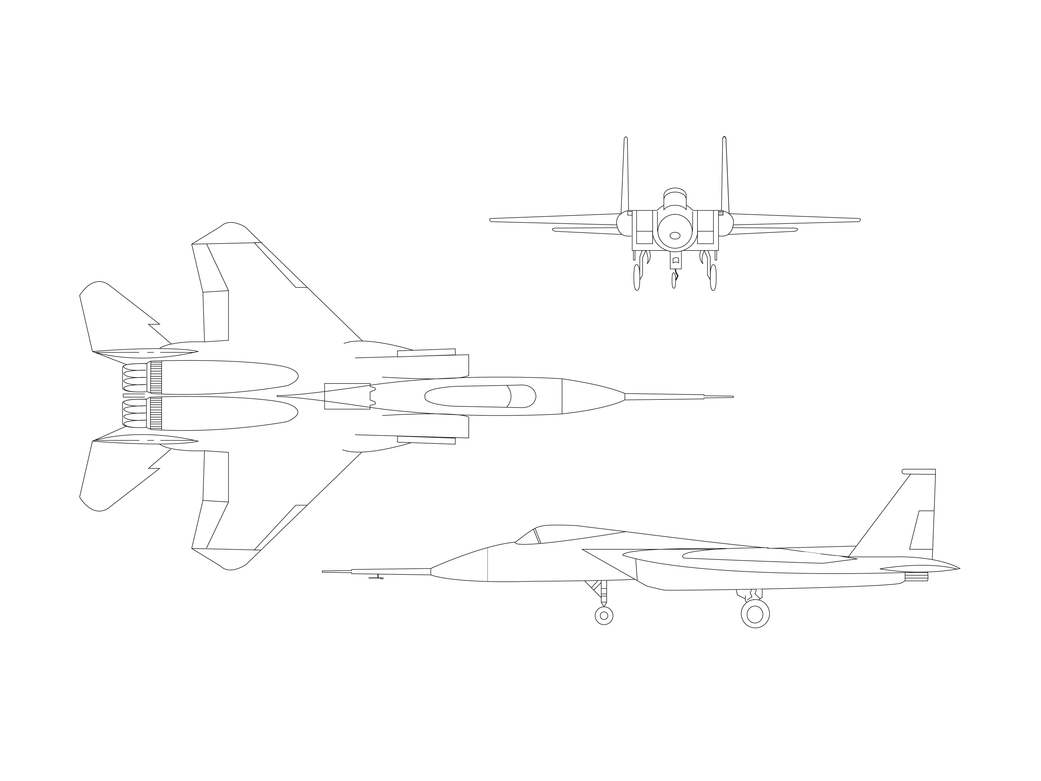
EG-0031-01
NASA accepted three specially built F-104s in late 1963 for use as pilot proficiency aircraft, low lift over drag trainers, and chase planes. These received the designation “F-104N.” N812NA appeared at the Flight Research Center (now the Dryden Flight Research Center) on September 30, 1963, and was retired in January 1987, after 4,442 flights. Through the years, Dryden has used a variety of chase and support aircraft. First acquired in August 1956, F-104s were the most versatile work-horses in Dryden’s stable of research and support aircraft, with 11 of them flying mostly research missions over the next 38 years. Tail number 826 flew the last of these missions on 31 January 1994. By then the 11 F-104s had accumulated over 18,000 flights at Dryden in a great variety of missions ranging from basic research to airborne simulation and service as an aerodynamic testbed.
The F-15A, NASA aircraft number 835 (USAF Serial #71-0287), was used by NASA’s Dryden Flight Research Facility (now Center), Edwards, California, for digital electronic flight and engine control systems development in the early 1980s. The aircraft was used to develop the digital electronic engine control (DEEC) system now used on many current fighter aircraft. Research programs flown on the testbed aircraft have demonstrated improved rates of climb, fuel savings, and engine thrust by optimizing systems performance.
The first X-4 was transferred to the United States Air Force Academy, Colorado Springs, Colorado, before being returned to the Flight Test Center Museum, Edwards Air Force Base.
























